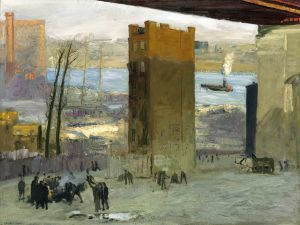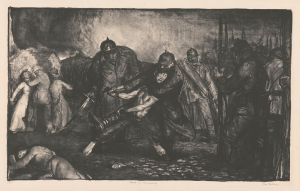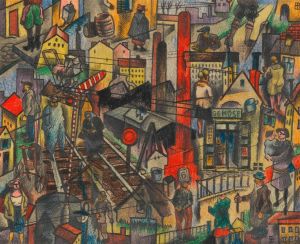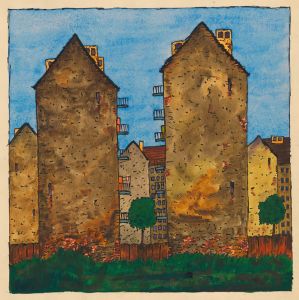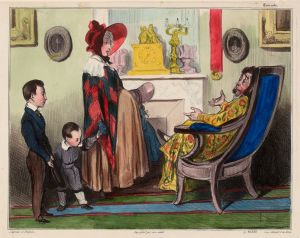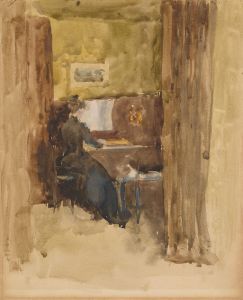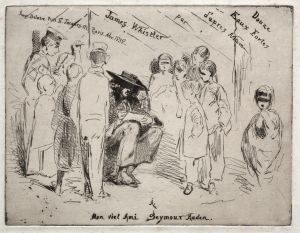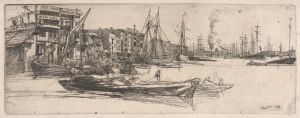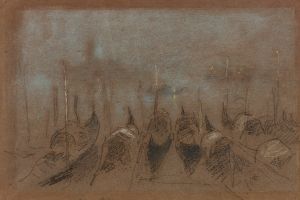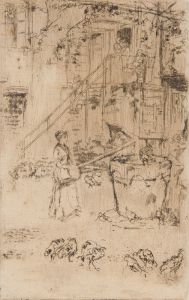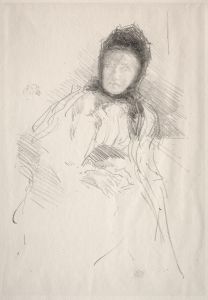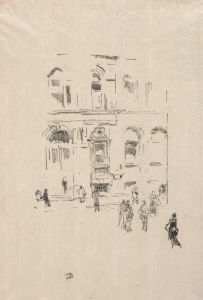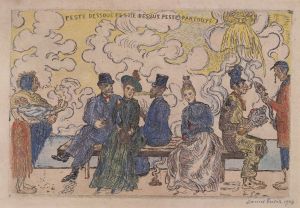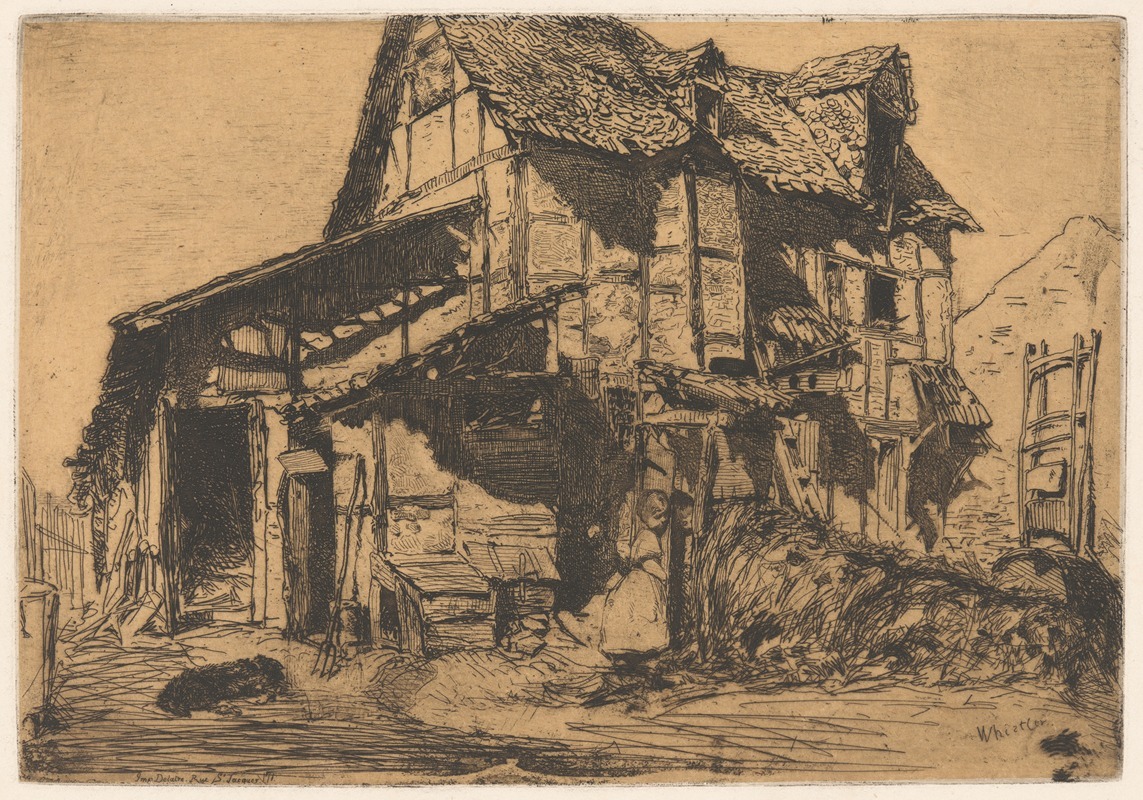
The Unsafe Tenement
A hand-painted replica of James Abbott McNeill Whistler’s masterpiece The Unsafe Tenement, meticulously crafted by professional artists to capture the true essence of the original. Each piece is created with museum-quality canvas and rare mineral pigments, carefully painted by experienced artists with delicate brushstrokes and rich, layered colors to perfectly recreate the texture of the original artwork. Unlike machine-printed reproductions, this hand-painted version brings the painting to life, infused with the artist’s emotions and skill in every stroke. Whether for personal collection or home decoration, it instantly elevates the artistic atmosphere of any space.
James Abbott McNeill Whistler, an influential American artist, is renowned for his contributions to the art world during the late 19th century. Among his diverse body of work, "The Unsafe Tenement" is one of his lesser-known pieces, yet it reflects his distinctive style and artistic concerns. Whistler was born on July 11, 1834, in Lowell, Massachusetts, and spent much of his career in Europe, particularly in London and Paris. He is often associated with the Aesthetic Movement, which emphasized art for art's sake, focusing on beauty and visual harmony rather than narrative content.
"The Unsafe Tenement" was created during a period when Whistler was exploring themes of urban life and the conditions of the working class. This piece is an etching, a medium Whistler mastered and used extensively throughout his career. Etching involves using acid to cut into the unprotected parts of a metal surface to create a design in the metal, which is then inked and pressed onto paper. Whistler's etchings are celebrated for their delicate lines and atmospheric effects, capturing the essence of his subjects with precision and subtlety.
The artwork depicts a dilapidated building, likely inspired by the urban landscapes Whistler encountered in cities like London. During the 19th century, rapid industrialization and urbanization led to overcrowded and often unsafe living conditions for many city dwellers. Whistler's choice to depict such a scene aligns with the social realities of the time, offering a glimpse into the challenges faced by the urban poor. His portrayal is not overtly political but rather observational, focusing on the aesthetic qualities of the scene.
Whistler's approach to art was heavily influenced by his belief in "art for art's sake," a philosophy that prioritized the beauty and composition of a piece over its narrative or moral message. This perspective is evident in "The Unsafe Tenement," where the emphasis is on the interplay of light and shadow, the texture of the building materials, and the overall composition rather than a direct commentary on social issues.
Throughout his career, Whistler was known for his innovative techniques and his ability to capture the mood and atmosphere of a scene. His etchings, including "The Unsafe Tenement," are characterized by their fine detail and the artist's skillful manipulation of line and tone. These qualities have earned Whistler a lasting place in the history of art, influencing subsequent generations of artists.
In addition to his technical prowess, Whistler was a charismatic and often controversial figure in the art world. He was known for his sharp wit and his sometimes combative relationships with art critics and fellow artists. Despite—or perhaps because of—his contentious nature, Whistler's work has been the subject of extensive study and admiration.
While "The Unsafe Tenement" may not be as famous as some of Whistler's other works, such as "Arrangement in Grey and Black No.1" (commonly known as "Whistler's Mother"), it remains an important part of his oeuvre. It exemplifies his ability to find beauty in the mundane and to elevate everyday scenes to the level of fine art. Through his etchings, Whistler left a lasting legacy that continues to be appreciated for its artistic merit and its reflection of the world in which he lived.





